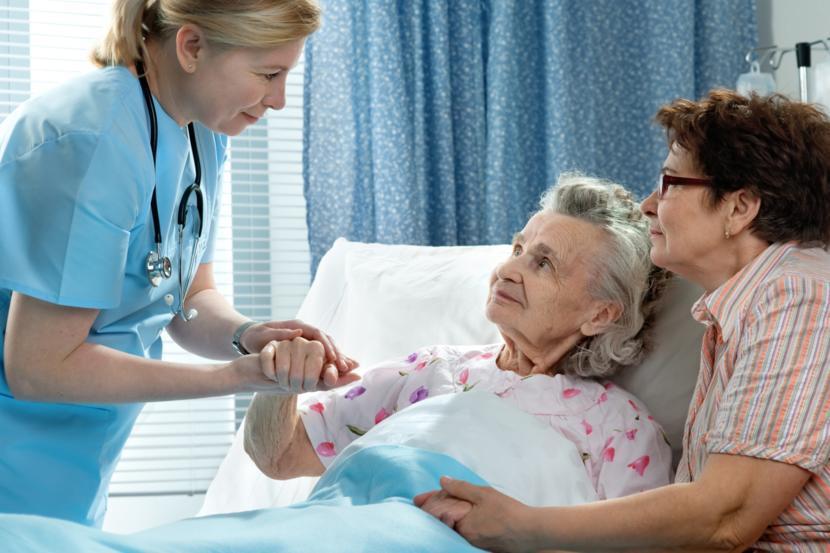Hospital-Acquired Pneumonia

Hospital-acquired pneumonia occurs in patients who have been hospitalized, usually after two to three days of hospital admission. Pneumonia contracted in such a setting is often more severe than a community-acquired pneumonia because the organisms causing it are more aggressive. This means that the organisms within a hospital setting are frequently not responding to antibiotics (antibiotic-resistant organisms), and therefore, difficult to manage.
Aggressive microorganisms with antibiotic resistance are not the only reason for the severity of this disease. The other reason is the patient's immune system, which is already weak due to an existing illness. Contracting a hospital-acquired pneumonia may make it harder for the patient's immune system to fight another infection. Therefore, patients become more susceptible to other infections.
What are the risk factors for hospital-acquired pneumonia?
- Hospitalized patients
- Patients with ages 70 years and above
- Debilitated patients
- Recent abdominal or heart surgery
- Coexisting illnesses
- Previous antibiotic treatment
What organisms are responsible for this type of pneumonia?
Most hospital admitted patients are very sick and have an immune system that does not have enough strength to fight another infection. Immunocompromised patients can develop pneumonia even with a virus or fungus. The causative organism will depend on the place of hospital and also on the immune status of the patient.
The most common organism causing hospital-acquired pneumonia is Staphylococcus aureus, especially Methicillin-resistant Staphylococcus aureus (MRSA) or Pseudomonas aeruginosa. Other causes of hospital-acquired pneumonia include Streptococcus pneumoniae, Legionella, and other gram-negative bacteria residing in a person's digestive tract.
What are the clinical features?
The signs and symptoms are similar to those seen in a community-acquired pneumonia. Some of the clinical features are fever with chills, general body weakness, a cough that is productive of thick or yellow sputum, chest pain, and difficulty in breathing.
Doctors find it difficult to diagnose a hospital-acquired pneumonia compared to a community-acquired pneumonia. The reason behind this is that since it is in a hospital setting, and most patients are often chronically ill and weak, patients find it difficult to explain their symptoms. In these cases, pneumonia is often suspected when the patients develop a fever or an increased heart and respiratory rate.
How is it diagnosed?
First, your doctor will speak to you, get a complete history, and do a physical examination on you. If the symptoms and signs are suggestive of pneumonia, then they will order further tests to confirm the diagnosis.
Hospital-acquired pneumonia is often suspected with the symptoms such as fever and an increased heart and respiratory rate. The diagnosis is confirmed with a chest X-ray, which will show infiltrates in the lung fields. Since there are hospitalized patients who are very sick, it is essential that the doctors find the exact cause of the pneumonia and treat it accordingly. For this purpose, the doctors may perform a bronchoscopy to confirm the pneumonia and take a sample of your sputum for culture to find out the exact causative organism.
Treatment of hospital-acquired pneumonia
The treatment for pneumonia is antibiotics. The type of antibiotic that needs to be used will depend on the organism that is causing the pneumonia. Pneumonia in a hospitalized patient is a very serious infection, and therefore, might need to be managed in the intensive care unit, or sometimes, a ventilator is attached to help the patient's breathing.
Intravenous antibiotics, fluids, and oxygen are the mainstay of treatment for these patients.
Prognosis
Pneumonia can be treated perfectly in most patients, but 20% to 50% of patients who develop hospital-acquired pneumonia often die. This is especially true for the seriously ill and elderly patients.












